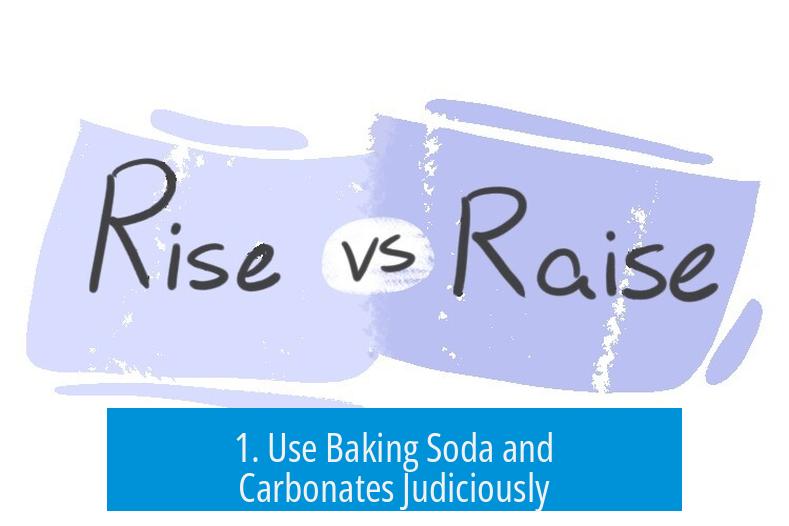How to Raise the pH of a Liquid Without Making It Taste Salty and Keeping It Edible

Raising the pH of a liquid without imparting a salty taste involves selecting bases or buffering agents that minimize sodium or potassium ions or use minimal quantities to avoid flavor changes. Several strategies incorporate baking soda, food-grade carbonates, amino acids, or citrate salts to achieve this goal while maintaining edibility.
1. Use Baking Soda and Carbonates Judiciously

- Baking Soda (Sodium Bicarbonate): Small amounts are often enough to raise pH just above 5.5. Minimal dosing limits salty and bitter tastes.
- Magnesium Carbonate or Calcium Carbonate: Used especially when the liquid is milky, these bases raise pH and blend without adding saltiness. Milk of magnesia (magnesium carbonate suspension) is an example.
- Washing Soda (Sodium Carbonate): Baking soda can be converted into washing soda by heating it at 400°F. Washing soda is a stronger base, so smaller amounts are needed, reducing taste impact.
2. Utilize Basic Amino Acids
Free-base forms of amino acids such as arginine, lysine, and histidine act as bases and can increase pH without introducing saltiness typically associated with inorganic bases.
3. Employ Salts of Food Acids (Conjugate Bases)
- Salts like tartrate, citrate, ascorbate, acetate, lactate, and pyruvate serve as buffers and can raise pH gently.
- Choosing the appropriate protonation state and cation influences taste and effectiveness; for example, potassium citrate is less salty than sodium citrate.
- Potassium salts are generally preferred to minimize saltiness.
4. Consider Buffered Systems and Safety
Buffered liquids like milk resist pH changes, so stronger bases may be necessary but require careful control to avoid flavor alteration and hazards.
Strong bases like sodium hydroxide are effective but pose safety risks and can drastically affect taste.
5. Assess Starting pH and Liquid Type
Understanding the initial pH and the nature of the liquid (e.g., almond milk ranges from pH 6.9 to 7.6) helps determine the appropriate base selection and required amounts.
Key Takeaways
- Use minimal amounts of baking soda or convert it to washing soda for stronger effect with less taste impact.
- Basic amino acids offer pH adjustment without adding saltiness.
- Potassium salts of organic acids (citrate, lactate) buffer pH while reducing salty flavors.
- Buffered liquids resist pH changes; adjust carefully to balance pH without compromising flavor.
- Avoid strong bases like sodium hydroxide unless absolutely necessary and handle them safely.





Leave a Comment